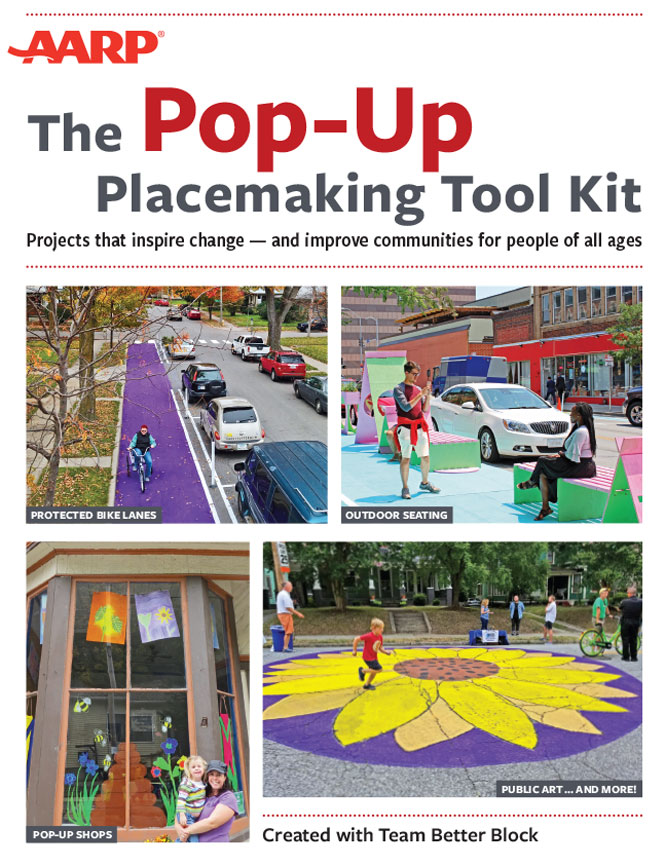AARP Hearing Center


What makes a community distinctive? What makes a location a destination? How has the COVID-19 pandemic changed public places?


"Placemaking" — sometimes referred to as "Placekeeping"— refers to the planning and implementation work that makes a location a place where people want to be and spend time in.
Placemaking results in places that distinguish a community or destination as being unique or attractive. Placemaking also involves making a location safe, walkable and, often, thriving and economically successful.
Andrew Howard, founder of Team Better Block (a design firm) and director of placemaking at WGI (a public infrastructure and real estate development firm) answers questions and explains the in’s and out’s of placemaking — both during the pandemic and in "normal" times.
Howard is a pioneer of "pop-up demonstrations," a process of temporarily re-engineering auto-dominated, blighted or underused urban areas to show how they can become vibrant destinations. Working in more than 150 communities around the world, the "pop-up" methodology (also called "tactical urbanism") is transforming urban planning, community outreach and public space design.
Watch each of the two subject-specific videos below — or scroll down to see both segments in one video.
Lesson 1: What Makes a Successful Place?
Any community can combine the three core elements of placemaking — something to do, somewhere to sit, and something to eat and drink — in order to create a vibrant public place that inspires people to gather. Such projects increase safety, health outcomes and economic investment.
Lesson 2: Placemaking During a Pandemic
Although the COVID-19 pandemic has made it difficult for people to safely gather, the core tenets of placemaking are a key to economic and societal recovery during this unprecedented time.
Placemaking 101
Watch both videos with a single click.





























































